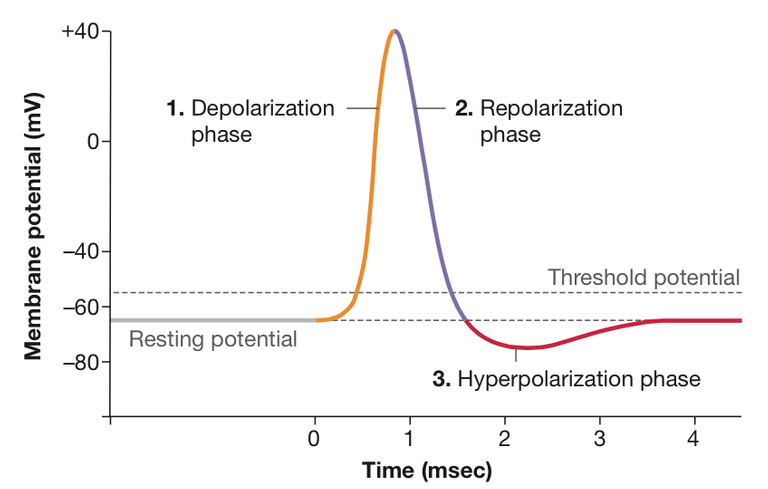Don't worry! I know my neuroscience!

I definitely don't consider this to be digital - dispite what you correctly mention about the threshold potential.
In fact, I would not consider a neuron to be concretely analogue or digital (those words are used to describe a number of incompatible things). Neurons transmit spikes of activity (all spikes are mostly identical) randomly based on their inputs. So if a particular input state set results in a 30% chance of spiking the neuron will spike 30% of the time. The neuron will readjust with different inputs (usually, there is modulation and bistable neurons).
Basically a neuron uses a binary output state (spike or no spike) to transmit an analogue probability.
Here are some papers that might be interesting:
doi:10.1038/nrn3361
http://www.cs.toronto.edu/~fritz/absps/nips00-ab.pdf
http://www.cs.toronto.edu/~fritz/absps/sallans04a.pdf
maybe maybe... there is another side as well. frequency of discharge since, every cycle has same value in mv, there needs to be some variation to distinguish signals. yes source of signal can be analog but actual neuron fiber... i see it as digital. for example receptors give off analog signal (depends on how much it will be excited ) but then it is transformed into digital signal by neurons and the stronger receptor is excited longer will neurons transmit signals in a way of discharge.
Well the most accurate description would not be digital or analogue in the same terms as we discuss.
Sure the output of a neuron is a digital signal with two discrete values, on and off. Receptors (with the exception of the eyes and some other things) do not give off analogue signals. They do the same thing as neurons, a probabilistic-discretized output encodes the analogue input.
Again, basically a neuron uses a binary output state (spike or no spike) to transmit an analogue probability encoding the sum of its inputs.
and i agree with this opinion now :)